
Who would have believed a cup of tea or a dash of paprika could be accompanied by a side dish of plastic? In kitchens around the world, mundane equipment and packaging are stealthily introducing microplastics to food. These minuscule pieces of plastic, smaller than a sesame seed and in some cases undetectable, are appearing increasingly in human blood, lungs, and even placental tissue.
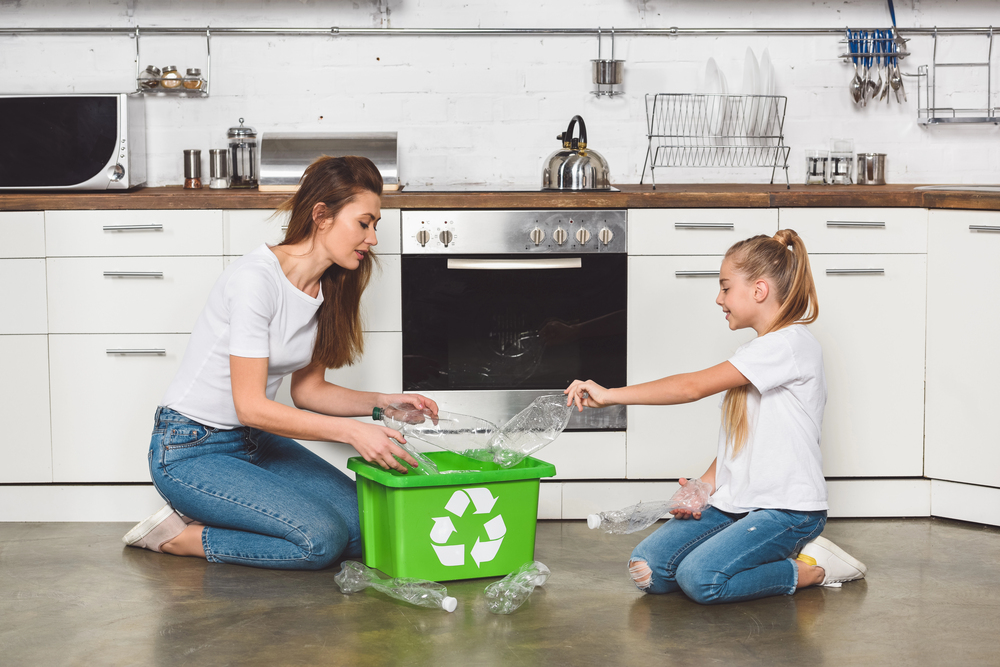
Microplastics have only recently been linked with inflammation, cardiovascular illness, and potential reproductive harm. While the science continues, the evidence are alarming enough to justify closer inspection of where these particles are hiding and how to keep them off the plate. The majority of the culprits are so pervasive they are unseen, but once known, their power can be diminished.
This list reveals seven microplastic-infused kitchen sources authenticated by research and offers easy alternatives to reduce exposure without overrevamping a lifestyle.
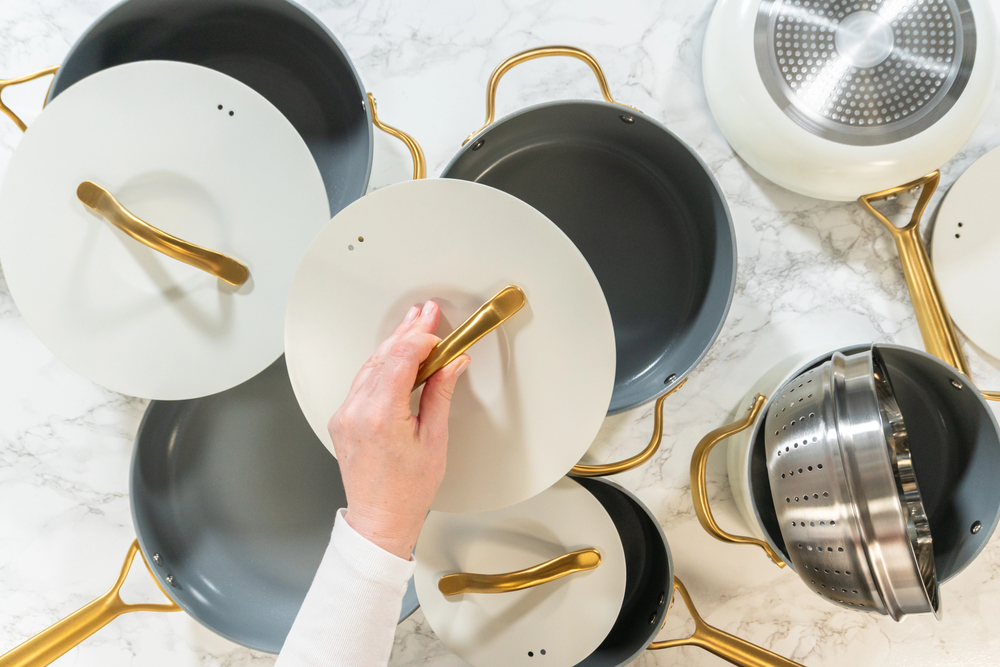
1. Nonstick Cookware
Australian researchers have shown in studies that Teflon-coated pans shed thousands, even millions, of microplastic particles when cooking daily. The occurrence of one crack or chip in the coat of the pan sends out over two million particles onto food. High temperatures, and its capability to induce degradation, exacerbate the issue of cheese fly problem. Cast iron, carbon steel, or stainless steel pans are available as alternatives, which not only avoid the shedding but also offer durability for decades.
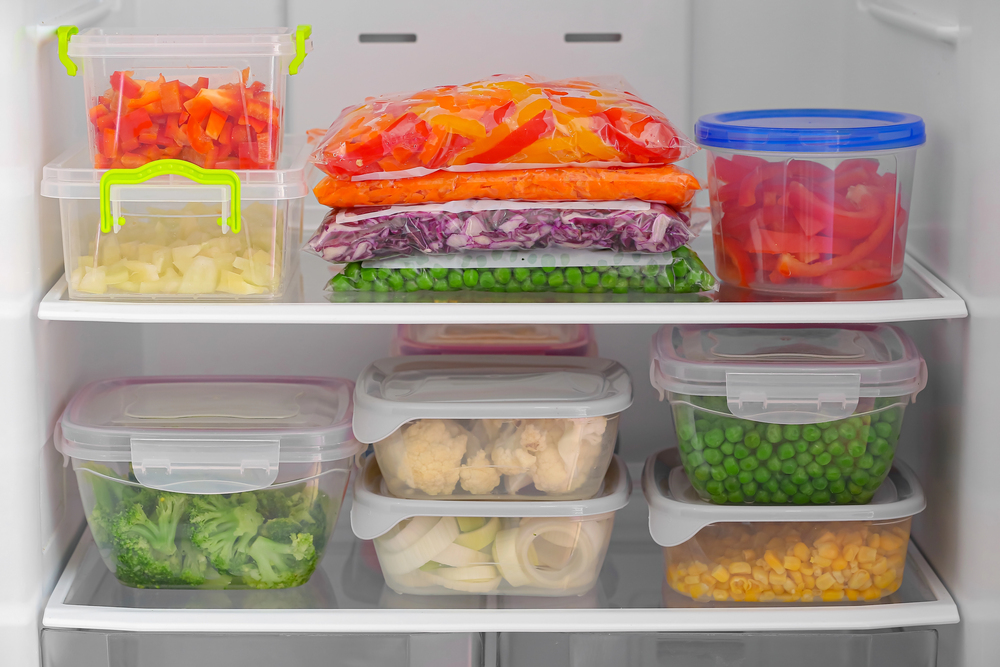
2. Plastic Food Containers
Reusable takeout boxes and tubs are convenient, but they release microplastics when washed or heated to food. All reusable plastic takeout containers in one test had microplastics. It is worse when containers are heated in microwaves or subjected to hot dishwasher cycles. Glass, ceramic, or stainless steel containers are safer alternatives for storage and reheating.
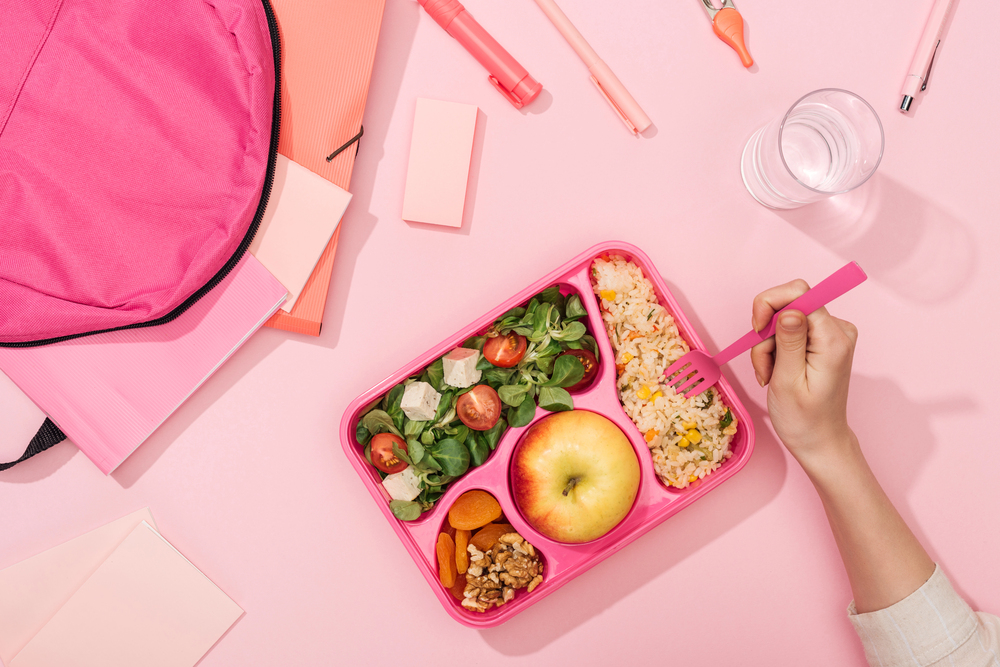
3. Plastic Utensils
Disposable forks, spoons, and spatulas can leach microplastics, especially when used with hot or acidic food. Microplastics enter the blood after being consumed. Wooden or stainless steel utensils are a convenient, long-lasting alternative, reducing personal exposure and environmental contamination by half.
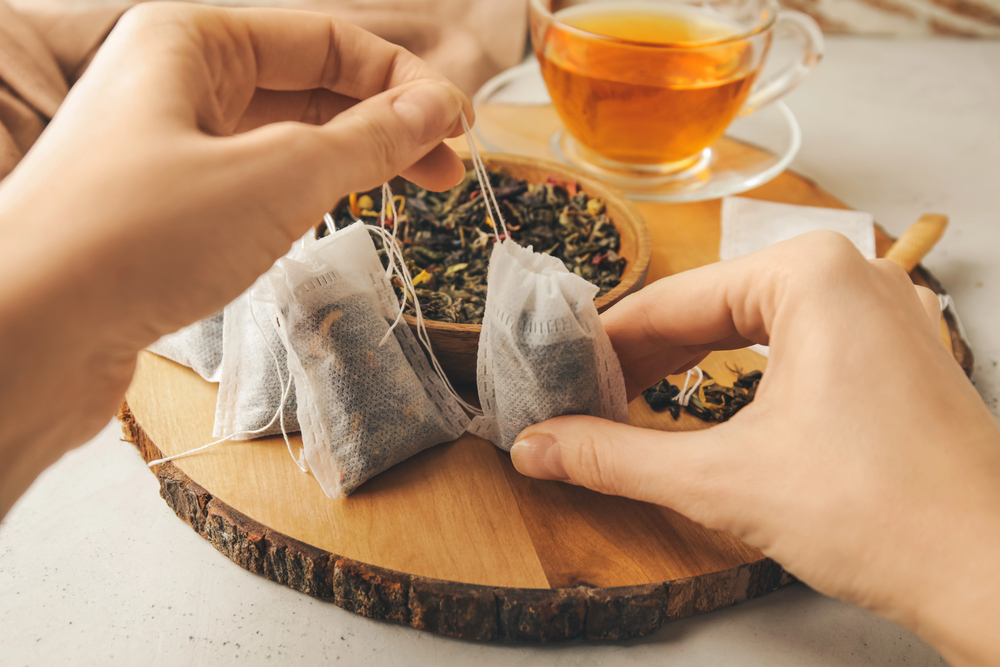
4. Tea Bags
A McGill University research found that the single use plastic tea bag warmed to 95°C emitted around 11.6 billion plastic particles at microscopic level and 3.1 billion nanoplastics into the beverage. Tea bags are made of polypropylene or nylon, which fuse on heating. Loose-leaf tea brewed in a glass or stainless steel infuser eliminates the source completely without losing flavor.
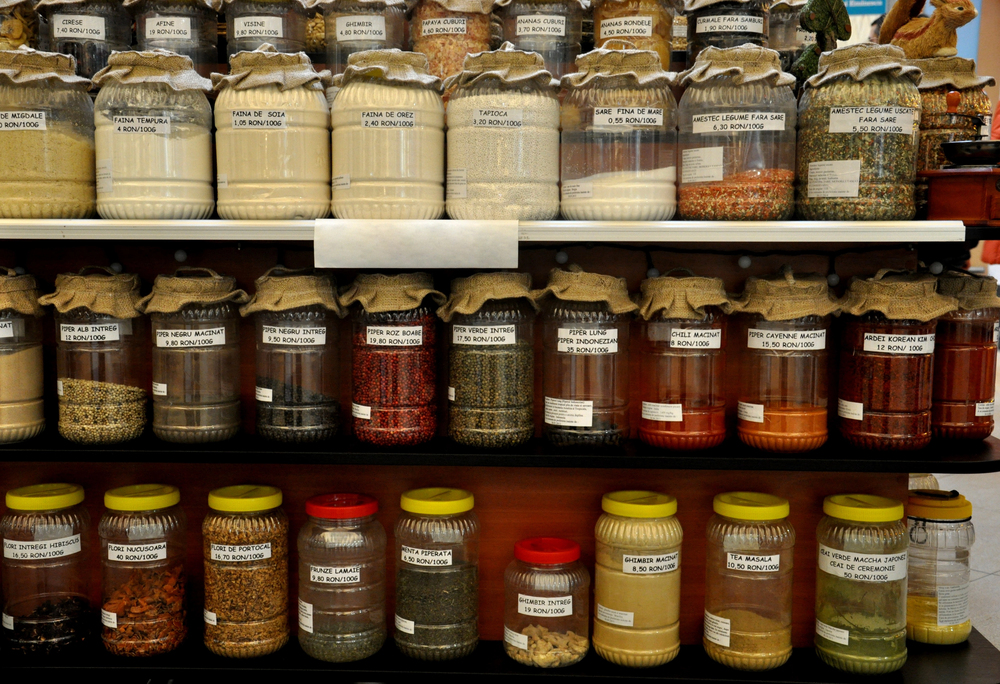
5. Plastic Packaged Spices
Tests have detected microplastics in every plastic spice container that has been tested, with contamination increasing over recent decades. Grinding the spices, particularly in plastic spice grinders, also can introduce particles such as nylon and polyurethane into food. Opting for bulk spices in glass jars, or for grinding by hand, opting for grinders with ceramic or metal burrs, can reduce this risk dramatically.
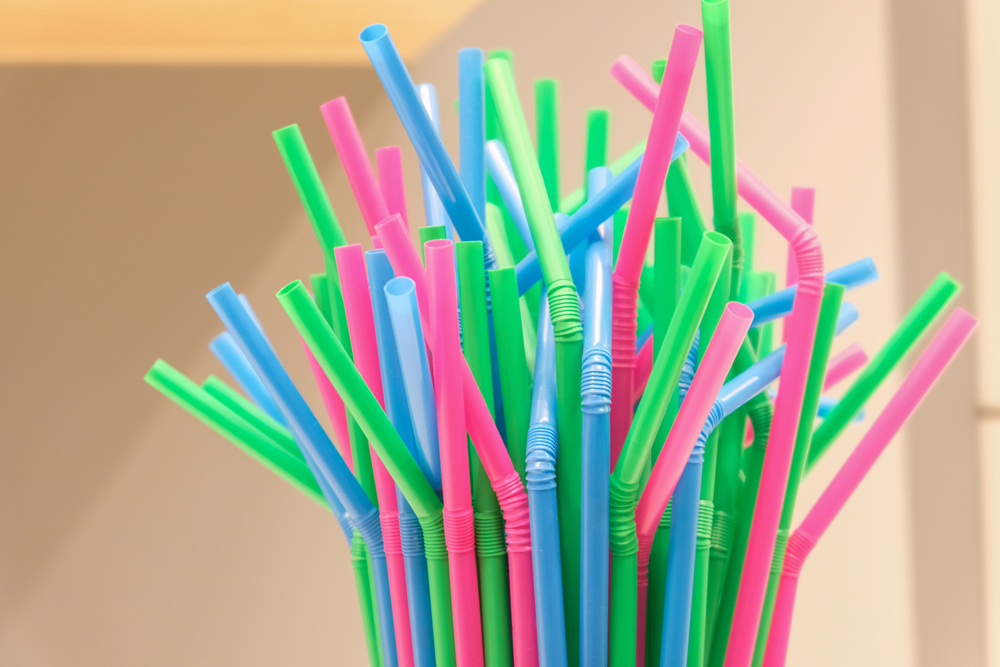
6. Plastic Straws
Studies show that plastic straws have been found to release microplastics and nanoplastics, which are capable of being inhaled directly. Aside from personal health, discarded straws contribute to an estimated eight million metric tons of plastic that flow into waterways each year. Metal, bamboo, or even paper straws are readily available substitutes.
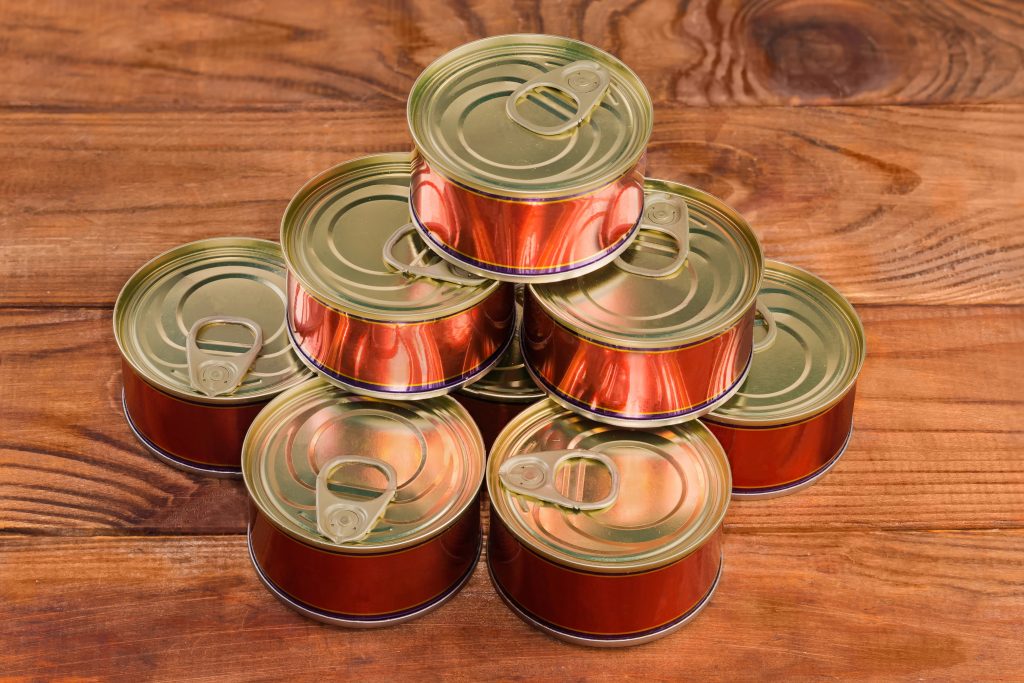
7. Canned Food Linings
Even though BPA has been prohibited in the majority of can linings, alternatives such as acrylic or polyester epoxies still contain microplastics. These chemicals can leach into food, especially acidic foods such as tomatoes. Choosing fresh, frozen, or glass-packaged foods can bypass this unsuspected source of exposure.
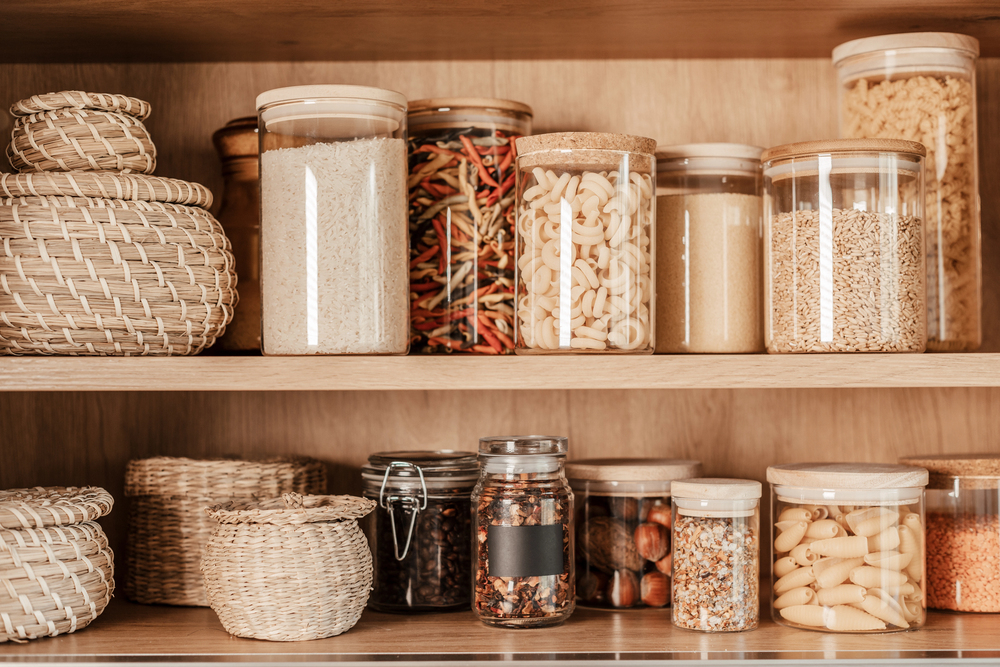
Microplastics aren’t just an environmental problem they’re a food reality. Pots and pans, as well as packaging, have the kitchen serving as a first point of entry for these particles in the body. While no single change can reduce exposure to zero, replacing high-shedding products with more secure alternatives can significantly reduce it back. With ongoing research still exposing the health consequences, these small, deliberate steps yield a sense of control in an increasingly plastic-dominated world.


